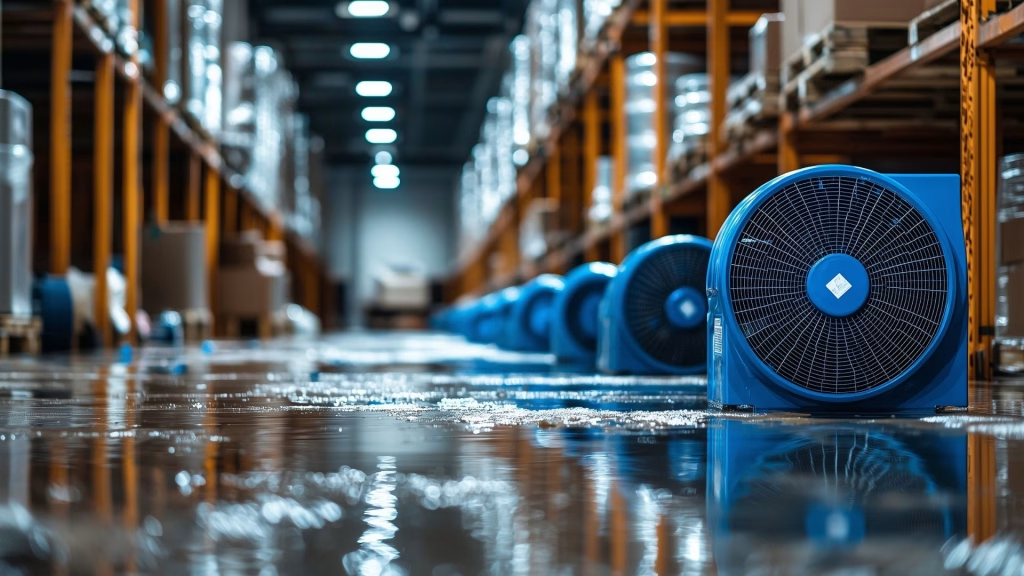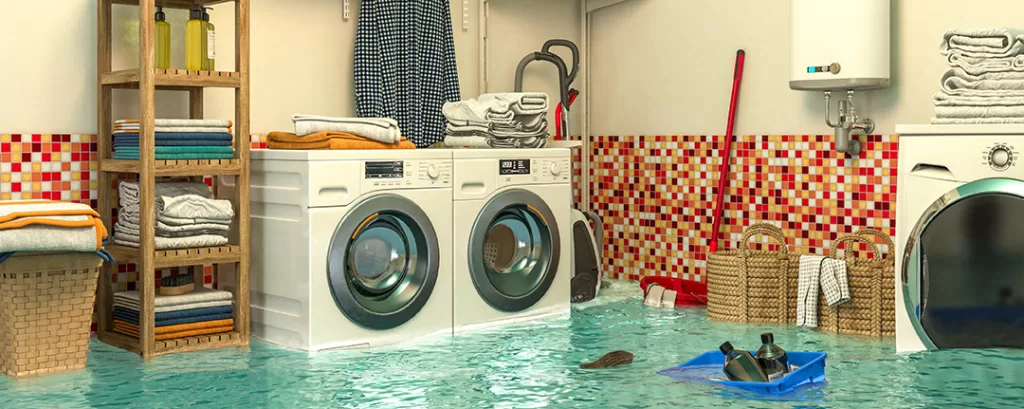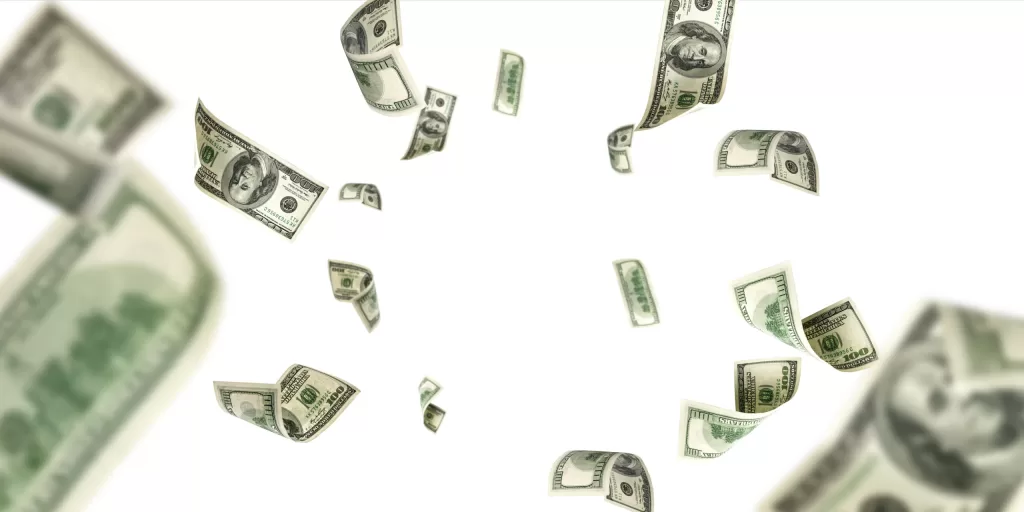First Choice Equipment Sales and Service helps you meet IICRC standards for water damage with professional-grade restoration equipment. Continue reading
Categories
Menu
- Accessories
- Air Filtration
- Air Movers & Fans
- Air Scrubbers & HEPA Systems
- Carpet Puller
- Commercial Air Purifiers
- Decontamination Equipment
- Dehumidifiers
- Desiccant Dehumidifiers
- Disinfectant
- Dust Collectors
- Dust Containment
- Electronic/Power Accessories
- Electronics
- Equipment Filters & UV Lamps
- Flexible Ducting
- Flooring Equipment
- Foggers
- Grinders
- GSA Approved
- Healthcare
- Heaters
- Heating Equipment
- HEPA Filtration Systems
- HVAC
- Meters
- Mobile Containment & Abatement Equipment
- Negative Air Machines
- Ozone Generators
- Parts
- Parts & Accessories
- Polisher
- Power Cords & Portable Power Unites
- Pressure Monitors
- Rental Equipment
- Sanitizing Systems
- Separator
- Shotblaster
- System Packages
- Tester
- Tools & equipment
- Tools and Accessories
- Trolley
- Trolleys & Carts
- Uncategorized
- Used Accessories
- Used Air Movers
- Used Air Scrubbers
- Used Axial Air Movers
- Used Dehumidifiers
- Used Desiccant Dehumidifiers
- Used Desiccants
- Used Foggers
- Used Generators
- Used Heating Equipment
- Used Mobile Containment & Abatement Equipment
- Used Ozone Machines
- Used Restoration Equipment
- Used Water Removal Equipment
- Used ZipWall
- Vacuum Equipment
- Ventilators
- Wall Cavity Dryers
- Water Extraction
- Water Filtration Systems
- Zip Wall
Tropical storms and hurricanes hit the US hard this year. Preparing for the possibility of water damage is not easy, and there are differences between... Continue reading
Is it raining money for your water removal business to invest in equipment? There is some must-have equipment that won’t leave you knee-deep in debt... Continue reading



